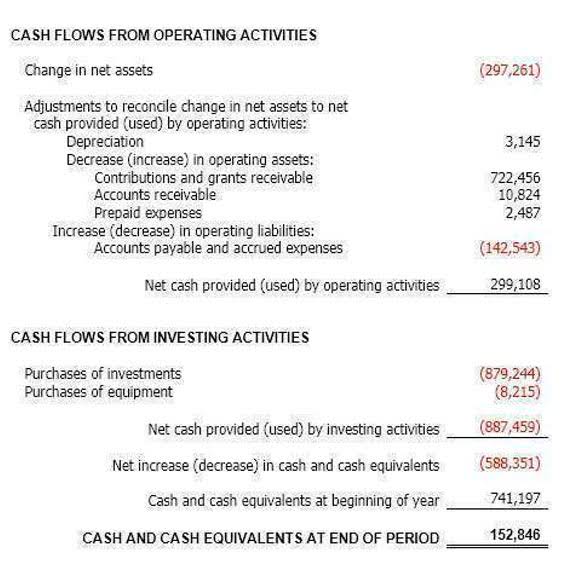
Your overhead rate is how much money you spend on overhead compared to how much revenue you generate. For instance, you may have an overhead rate of 14%—meaning that, for every dollar your business brings in, you pay $0.14 in overhead. When you track and categorize your overhead, you can plan around expenses, get an accurate picture of your profit margin, and find new ways to save your business money.
Rate Per Unit of Output
The chosen base should provide a fair and reasonable representation of how the overheads are actually incurred. Small companies tend to use activity-based costing, whereas in larger companies, each department in which different processes of production take place typically computes its own predetermined overhead rate. A predetermined overhead rate is an allocation rate given for indirect manufacturing costs that are involved in the production of a product (or several products). The term fixed manufacturing overhead refers to all factory overhead costs that do not depend on the production volume of a manufacturing business.
- Therefore, it becomes necessary to charge overheads to the cost of products, jobs, and processes according to certain well-established norms and scientific reasoning.
- Direct costs are expenses incurred by a company related to individual productive activities of the company, such as the costs for running a particular manufacturing line or offering a particular service.
- Thus, the absorption of overheads is the function of apportioning overhead costs to individual units, jobs, production lots, processes, work-orders, or such other convenient cost units.
- Total the monthly overhead costs to calculate the aggregate overhead cost.
- Knowing how to calculate your overhead costs is important for reporting your taxes, creating a budget, and identifying areas of excess spending.
- The Predetermined Overhead Allocation Rate is a rate that’s calculated at the beginning of an accounting period.
- These examples allow you to see how overhead allocation works in practice.
What Is Manufacturing Overhead?

They represent a percentage or rate that is applied to an appropriate cost driver, such as labor hours or machine hours, to assign overhead costs to products. It is possible to have several overhead rates, where overhead costs are split into different cost pools and then allocated using different allocation measures. For example, fixed benefit costs could be allocated based on the cost of direct labor incurred, while equipment maintenance costs could be allocated based on machine hours used. This approach results in more fine-tuned allocations, but is more time-consuming to compile. It is generally advisable to keep the number of overhead rates relatively low, in order to minimize the amount of accounting labor needed to compile and track them all. The overhead rate is the total of indirect costs (known as overhead) for a specific reporting period, divided by an allocation measure.

Steps Involved in Overhead Absorption
- In addition, changes in prices and industry trends can make historical data an unreliable predictor of future overhead costs.
- For information pertaining to the registration status of 11 Financial, please contact the state securities regulators for those states in which 11 Financial maintains a registration filing.
- These are costs that the business takes on for employees not directly involved in the production of the product.
- Indirect labor are costs for employees who aren’t directly related to production.
- The overhead absorption rate is calculated to include the overhead in the cost of production of goods and services.
- We’ll outline the basic formulas used to calculate different types of overhead rates and provide overhead cost examples.
- A company that excels at monitoring and improving its overhead rate can improve its bottom line or profitability.
If costs rise above predetermined limits, action can be taken to reduce expenses. Enforcing company-wide cost-saving policies around printing, travel, etc. further helps minimize overhead. You’ll master the key formulas, learn how overhead rate formula to allocate costs properly across departments, see real-world examples, and discover best practices to control overhead expenses.
- Let’s delve into some of the potential positive and negative impacts of overhead allocation.
- The overhead rate helps businesses understand the proportion of indirect costs relative to direct costs.
- Of course, management also has to price the product to cover the direct costs involved in the production, including direct labor, electricity, and raw materials.
- Machine hour rate is calculated by dividing the factory overhead by machine hours.
- To calculate the overhead rate, divide the indirect costs by the direct costs and multiply by 100.
- There are concerns that the rate may not be accurate, as it is based on estimates rather than actual data.
- This is one of the oldest methods of cost absorption and it is widely regarded as one of the best.
Sign up for the Dummies Beta Program to try Dummies’ newest way to learn.
- Our timesheet feature is a secure way to track the cost and the time your team is putting into completing their tasks.
- The articles and research support materials available on this site are educational and are not intended to be investment or tax advice.
- If you work from home, you may also be able to claim a portion of your utilities for your home office.
- The first thing you have to do is identify the manufacturing overhead costs.
- Adam received his master’s in economics from The New School for Social Research and his Ph.D. from the University of Wisconsin-Madison in sociology.
Salaries, rent, insurance, and taxes are examples of the overheads that are related to the time factor. Using these methods, overheads are recovered, charged to, or absorbed in the factory cost. The production hasn’t taken place and is completely based on forecasts or previous accounting records, and the actual overheads incurred could turn out to be way different than the estimate. Since we need to calculate the predetermined rate, direct costs are ignored. This example helps to illustrate the predetermined overhead rate calculation.

ProjectManager is cloud-based software that keeps everyone connected in your business. Salespeople on the road are getting the same real-time data that managers and workers are the floors are using to run production. ProjectManager has the tools you need to keep monitor and Online Accounting control all your costs, including your manufacturing overhead. This is done by production managers so they can easily calculate their cost of goods sold and cost of goods manufactured. A predetermined manufacturing overhead rate can also be helpful when making a manufacturing overhead budget.



Be the first to post a comment.